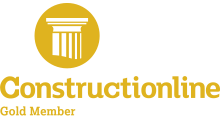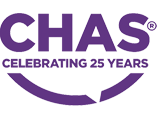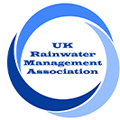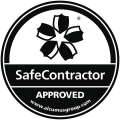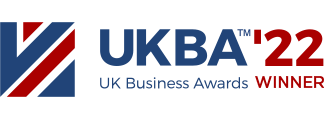A Standardised hierarchy for non-potable water reuse
21/05/25

21/05/25
In April 2025, Anglian Water and other water industry stakeholders released a decisive report reviewing opportunities for water reuse in the UK.
Interestingly, the report considered usage journeys, linking collection sources to usage points. This is the first time a report of this type has considered water reuse holistically and provided an overall judgement on the different sources of water available and ranks them.
Based on their findings, the report produced key recommendations to the government, including the introduction of a water reuse hierarchy and the removal of key barriers to ensure rainwater harvesting and greywater recycling become mainstream.
In this insights article, we are going to be summarising the reports’ proposed water reuse hierarchy recommendation, offering our experiences, and providing actionable tips for water companies, housing developers and building designers who are currently exploring non-potable supply schemes.

Despite growing water scarcity in the UK, water reuse technologies, including rainwater and greywater harvesting, have yet to become mainstream. There are several reasons why action is needed imminently…
Water Deficit – The UK is currently set to require an additional 4.7 billion litres of water by 2050. This is in addition to the 14 billion litres already supplied each day.
Retrofit difficulties – In our experience, water reuse is best installed at the new build stage. Retrofit costs can be, on average, 50% more costly. Every property now built without these technologies adds to the problem of water scarcity.
Economic growth – Without a sustainable water supply, expansion of the built environment cannot continue to occur at current levels. Part G of the Build regulations already mandates new buildings are built to 110 litres per person per day (LPPPD within seriously stressed zones. The Future Homes Hub is calling for this to be lowered to 85 litres by as early as 2035, a figure which cannot be achieved without water reuse.
Recommendation one is centred around the concept of a “re-use hierarchy”.
For designers of buildings, water companies, and housing developers, we believe this offers clarity and a sensible approach to designing schemes and strategies.
The first aspect of the “reuse hierarchy” is around how water demand should be approach in the round. First, the report recommends implementing demand management, then using water reuse to further reduce demand, then only when these have been ticked should relying on potable water to be used.
The report then looks at a sub-hierarchy within water reuse to consider where water is best collected from the different usage journeys. This hierarchy is as follows…
The report recommends that harvesting rainwater should be considered first due to the ease and availability of rainfall on the vast majority of sites. Rainwater harvesting is inclusive of the following collection sources, listed in order of priority…
As a manufacturer and installer of these types of reuse systems, we have years of experience in this area. We also have some unique insights into the aftercare of these systems based on our UK-wide maintenance business.
We are fully supportive of rainwater harvesting in the position that collecting roof runoff is the easiest way of achieving water reuse. In our experience, there are special considerations that must be factored in with regards to collecting from hard-standing areas and roads.
In our experience, if planning to collect from hard-standing or roads, additional filtration should be considered.
Lightly used hard-standing areas will require fewer complex additional filtration stages, such as reed beds and permeable paving, whereas collecting from roads will require more complex oil separators and filters. In the highly complex scenarios, it may be easier to consider a combined rainwater and greywater collection system, over collecting from highly polluted road surfaces – of course, this is site dependent.
Rainwater systems which are relying on hard-standing areas as a collection source, and DO NOT include additional filtration, are vulnerable to water quality issues and components failing from excessive volumes of debris and particles.
After rainwater harvesting has been considered, the report recommends considering the collection and reuse of lightly used wastewater within the building. Greywater recycling uses from…
In our experience, greywater recycling is ideal for large, high-density buildings, such as student accommodation or apartments. The complexity of treatment is slightly more than that of rainwater roof runoff, but still easily achievable and therefore, we believe it is logical that this is positioned here within the hierarchy.
In most situations, these greywater systems are combined with rainwater collection to boost the available volume of non-potable water for the building. This is especially important for where building designers are aiming for BREEAM “Excellent” status on their project as they are required to ensure 75% of the non-potable demand is fulfilled with a re-used supply.
This is the reuse of local sources of water this includes, sewage effluent, Internal Drainage Board water, polluted groundwater, mine water and desalination. The availability of these forms of reuse depends heavily on geographic location and will require more extensive filtration for non-potable use when compared to the above reuse options.
As a building designer, housing developer or water company, you can use this hierarchy when designing your non-potable strategies or projects. Here are some actionable tips you can take away from this insights article…
And finally, if you are a developer, a building designer or water company exploring non-potable supply schemes, our experts can advise on implementation strategies aligned with the new reuse hierarchy. Contact us to learn more.
Privacy Policy Cookie Policy Site Map
Copyright © 2025 Stormsaver Ltd. All Rights Reserved.
